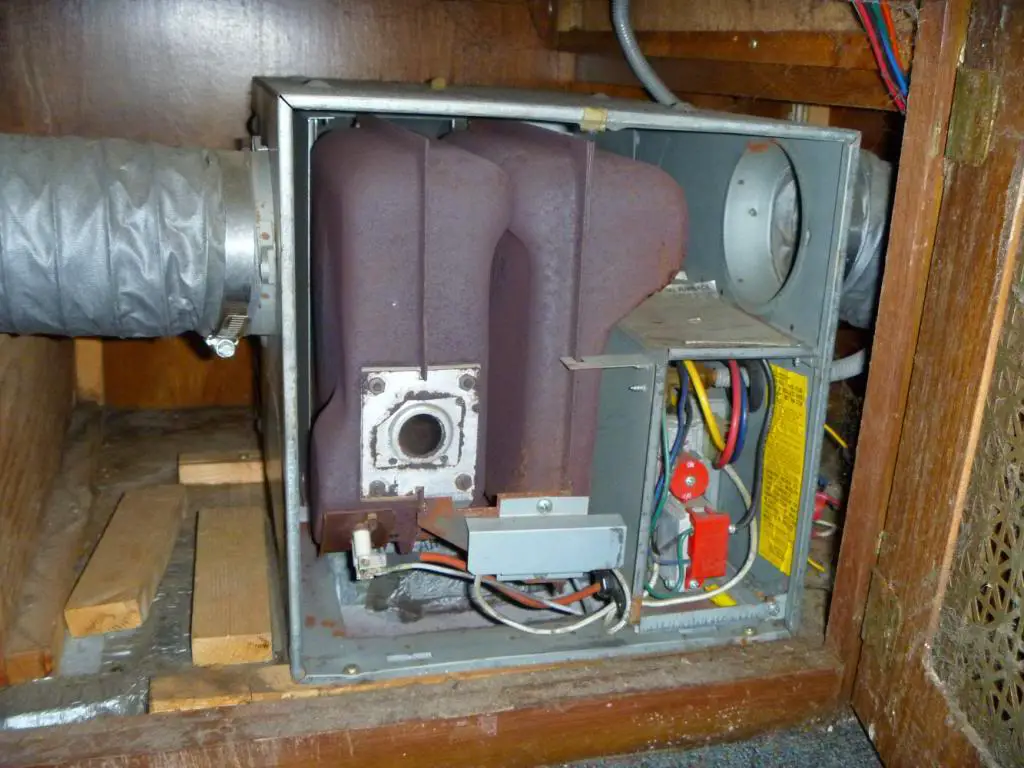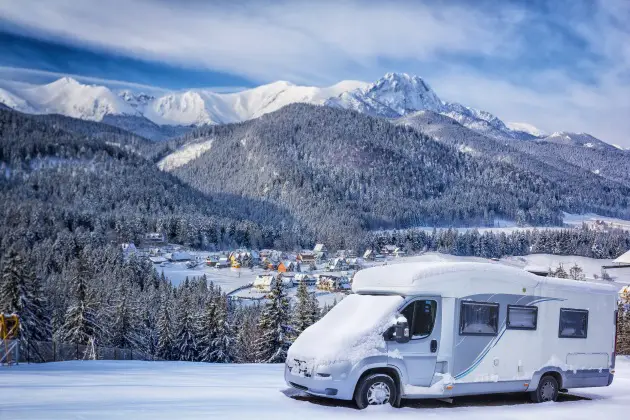RVs come with a hefty price tag, but did you know that they also require a lot of electricity? One of the things to understand is how much power your RV needs. Can you run your RV furnace on 15 amps?

You can run an RV surface on 15 amps. Although it’s safe, it’s best to avoid running the furnace on 15 amps continuously or using it simultaneously with other demanding appliances like microwaves and ACs. Otherwise, you risk overheating the power outlet and causing an electrical fire.
The rest of this article will explain the answer above in detail. Read on to learn how to check if your RV furnace is 15 amps, how much power it requires, and other ways to keep your RV warm.
Is It Safe To Run Your RV Furnace on 15 Amp?
It’s safe to run your RV furnace on 15 amps. However, doing that all day can cause the outlet to get hot. Also, ensure you are not running the AC at the same time to avoid overloading your electrical system, which could cause cascading failure or start a fire.
Running them together can be harder on your electric system because they may draw too much power and heat the outlet. Outlet heat is a sign that your RV furnace and your AC are working hard for long periods, which can cause overheating if done too often.
That said, there are many factors to consider when it comes to how much power an appliance requires and what kind of load it’ll put on the outlet or electric circuits that supply electricity.
An RV can be safely powered by either 120 volt A/C current found at home outlets or 240 volts which is typical for RVs, including those with onboard generators. The only difference between these two options is whether they’re wired together as “single-phase” (120v) or “three-phase” (240v). This doesn’t affect how well the appliances perform but requires different wiring and connectors to hook up.
RVs that plug into single phase 120 volt outlets can run on a 15 amp circuit, but just barely if the appliances, such as the refrigerator and furnace, are in use simultaneously.
If your RV plugs into 240 volts of three-phase power, it should only require 30 amps of current. If someone has installed a ground fault protection device in the RV, it can be plugged into just about any outlet.
Fifteen amps are decent for what would usually be considered small appliances like an electric stove or microwave but not much else.
However, a 15 amp circuit doesn’t provide enough power to run two items simultaneously – even if you use 220-volt wiring to combine them onto one line, which is a practice typically used by commercial users.
Tip: It’s best to install special electrical equipment like ground fault protection devices or GFCIs in your RV to protect against short circuits and shocks. Doing that not only makes your RV safer but also ensures that you comply with the NEC’s requirements on GFCIs.
How Do I Know If My RV Has a 15 Amp Power Supply?
You can tell if your RV has a 15 amp power supply by looking at the plug. If it needs an adapter for use in 120-volt outlets, you’ll see two prongs that are spaced far apart to accommodate 240 volts (three-phase).
You will also see that there’s no third hole on either side of the connector to ground equipment with three-pronged plugs and devices like refrigerators or washers.
Key Takeaway: If the plug on your RV has a three-pronged ground connector, you’re going to need an adapter. Otherwise, if it only has two prongs that are spaced close together for 120-volt outlets (one phase), then you can use the 15 amp power supply in your RV’s fuse box without any issues.
How Many Amps Does an RV Furnace Take?
An RV furnace takes up to 50 amps. The RV furnace itself might take up to 20 amps, and the motor that runs it may need an additional 30 or so. The two numbers add up to approximately 50 amps which means you should run your RV’s furnace on a 15 amp power supply without any issues.
Caveat: If this is not the case for you, I recommend that you contact a qualified professional to diagnose what needs repair or replacement.
Other Ways To Stay Warm in Your RV During the Winter Months

If you’re concerned that the power outlet is not sufficient or compatible with your RV furnace rating, here are other ways to stay warm in your RV:
- Insulate your RV. This includes adding weather stripping to gaps and door sweeps to keep cold air out. You can find these at a hardware store or home improvement center.
- Hang a warming device from one of your ceiling vents, such as a small heater with adjustable settings, so it doesn’t blow too hard into where you’re sitting. This will keep warm air circulating without overheating everyone inside, which is sometimes difficult to achieve during winter months when there’s usually only one vent for all areas of the house/RV.
- Turn up the thermostat as high as you can without it getting too hot. Some people also put a space heater in one of their living spaces to keep that area warmer than others. This is especially helpful if you don’t have insulated walls or an active heat-exchanger system.
- Use blankets instead of turning up the temperature. This will help maintain at least some comfort level while also saving energy costs over time by not using more power than necessary.
If these solutions don’t work or aren’t feasible, consider purchasing a smaller heater to work as an additional source of warmth. In this case, I recommend this GiveBest Portable Electric Space Heater from Amazon.com. It provides two heat levels, features a cool air fan, and comes with a flame retardant construction for user safety.
Additionally, here’s a video that explains how to make your RV furnace more efficient:
Related Articles: Here’s Why Your RV Furnace Is Blowing Cold Air Do RV Furnaces Have a Fuse?
Final Thoughts
In a nutshell, it’s safe to run an RV surface on 15 amps, but it is best not to use the furnace on 15 amps continuously. Remember, it’s always best to err on the side of caution when using an RV power outlet for an extended period or with other demanding appliances that might put more strain on your electrical system.
Therefore, if your current rig doesn’t have enough outlets, I recommend getting one that does before plugging in any high-power devices for long periods.
